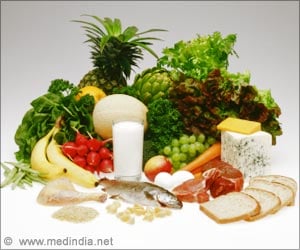Nutrition, biodiversity, and prolific in reproduction are some of the key characteristics of insects, which are a valuable alternative to livestocks.

"We have 7 billion people now and that's projected to be 9 billion in 2050. We're already using a third of the land on Earth for raising livestock, and the demand for protein is growing even faster than the population, especially animal protein," said Aaron Dossey, founder of All Things Bugs LLC. "The good news is I think insects are a very nutritional alternative."
Dossey's company, which will produce about 25,000 pounds of cricket powder this year, has received research grants for several projects related to using insects as food, including how it can alleviate childhood malnutrition. He cited several properties that make it a valuable food source, including:
- Efficiency: They use less land, water, feed, energy and other resources than livestock.
- Environmentally friendly: Insects create fewer greenhouse gases and are not contaminated with pesticides. They also do not have any hormones in their bodies.
- Prolific: They reproduce quickly so they can replace depleted resources.
- Biodiverse: There are millions of insect species, so it is easy to find a match to a location's need.
- Nutritious: They have protein and Omega 3s, a class of essential fatty acids that help lower cholesterol.
"We all eat insects or insect parts. In most cases, it is accidentally," Ziobro said. "The FDA restricts the sale of insect-infested or insect-damaged foods. The vast majority of people don't want to see part of their breakfast walk off the plate."
Source-Eurekalert















